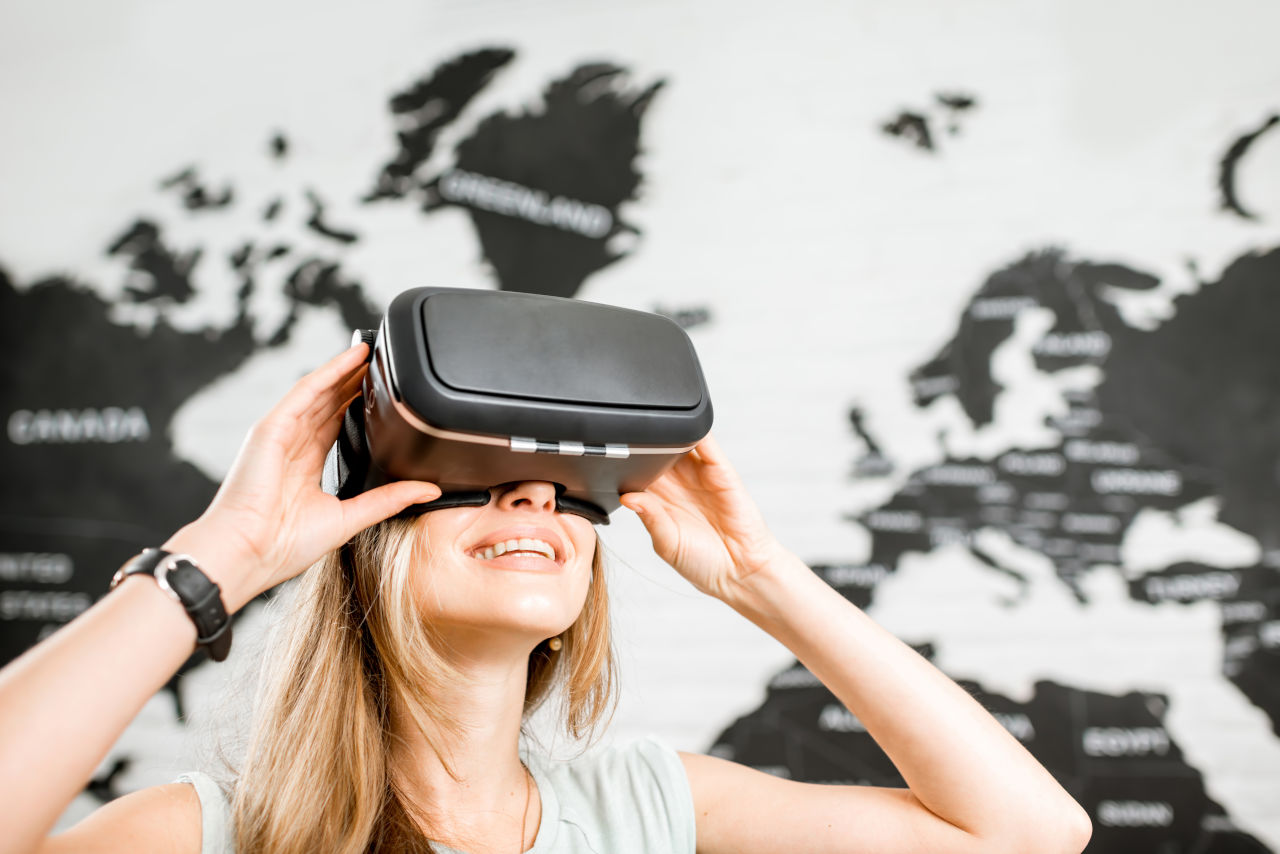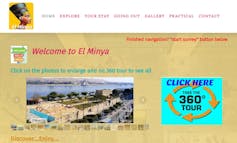When virtual reality experiences make you want to travel...
According to the World Tourism Organization, 95% of global tourists are concentrated in 5% of the world's land area. This is not without risks: overcrowding, pressure on infrastructure, difficult coexistence with local residents, etc.
Yasmine Hashish, Cairo University and Marie-Christine Lichtlé, University of Montpellier

On the other hand, many areas remain deprived of the benefits of tourism. However, these areas seem to be benefiting from the health crisis. Since the emergence of the new coronavirus, travelers have favored domestic tourism and less frequented regions. Authentic Research in the great outdoors and outdoor activities were very popular in the summer of 2020.
In France, for example, the department of Aveyron recorded a 14% increase in tourist numbers in July compared to 2019; in Creuse, visits by French families jumped by 23%.
According to the World Travel & Tourism Council, these trends will continue in the short term. This new interest among tourists opens up opportunities for destinations that have been relatively untouched until now. In this regard, our research suggests that new technologies can help them boost their appeal.
Monuments, landscapes, but low visitor numbers...
Our study focused on the Egyptian city of El Minya, which ranks third after Luxor and El Giza in terms of places rich in monuments. It is home to Pharaonic, Greco-Roman, Islamic, and Coptic buildings, as well as museums and castles. Visitors can also enjoy the magnificent variety of landscapes, including urban sites, farmland, and desert, which can be explored by boat on the Nile.
Despite these advantages, advertising in Egypt and abroad about the governorate of El Minya remains non-existent, and the place remains little visited.
Our quantitative survey was conducted in 2019 among 341 Egyptian nationals in order to identify the conditions under which experiencing a place virtually is effective in persuading individuals to visit it.

screenshot
Each respondent visited one of six versions of the websites created for El Minya. These differed only in their degree of interactivity and liveliness. Photos, videos, or 3D virtual tours of tourist attractions were sometimes included.
Experience the atmosphere
It appears that tourists seem to enjoy having a virtual experience before choosing a destination.
Of course, the experience may vary from one individual to another: personal characteristics (such as a preference for visual information, involvement in the trip, familiarity with technology, etc.) influence the intensity of this experience. However, a trend is emerging.
By creating a "telepresence" experience, interactive videos and 3D virtual tours trigger positive emotional responses, positively influence the perceived value of the destination, and increase the intention to visit. Conversely, sites that only feature 2D photos generated little desire to visit the destination.
To take this further, semi-structured interviews were conducted to identify the reasons for the preference for virtual tours. Respondents highlighted various advantages:
"With 3D, you can travel around the site without leaving your home."
"3D shows us everything that will happen on site. Thanks to 3D, things are more concrete, as if they were real."
"3D tours are very useful because you can imagine yourself doing the activities available. If I feel happy during this online experience, of course I will visit that destination."
Bringing to life the sensations of a walk in the countryside, by the sea, or in a rural setting, or experiencing the atmosphere of local product production through 360° videos or 3D tours, makes decision-making easier.
New perspectives
The use of such tools is growing, and according to a Bloomberg report published on February 13, 2020, virtual reality and augmented reality products will represent a global market worth more than $571.42 billion by 2025.
Although it is difficult to predict tourist behavior after the health crisis, it seems essential for the sector to capitalize on recent changes in behavior and move towards increasing use of digital technology.
Sales of virtual reality tools are currently on the rise. They reflect the growing interest of global tourists in immersive experiences and open up new opportunities for less-traveled tourist destinations.
Many countries have now implemented policies and plans aimed at developing sustainable tourism by 2030. The "under-tourism" has even become a tactic that is attracting growing interest from marketers. The idea is to encourage travelers who are tired of crowded destinations to choose less frequented tourist destinations as an alternative. Our work shows that virtual reality appears to be an effective means of achieving this goal.![]()
Yasmine Hashish, PhD—Lecturer at the Faculty of Mass Communication, Cairo University, Cairo University and Marie-Christine Lichtlé, University Professor, University of Montpellier
This article is republished from The Conversation under a Creative Commons license. Readthe original article.